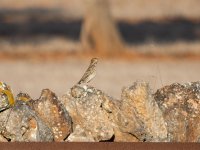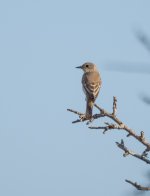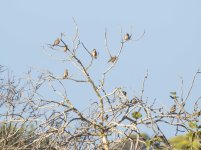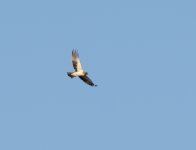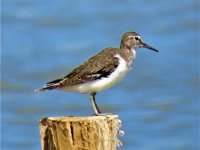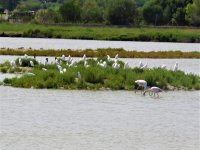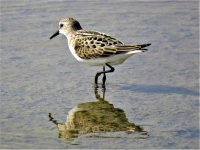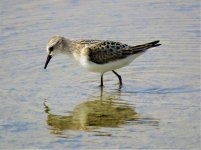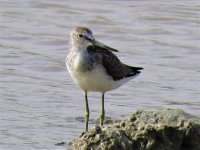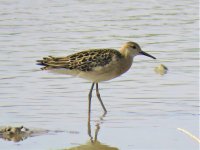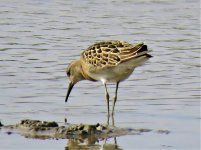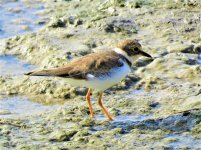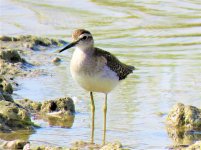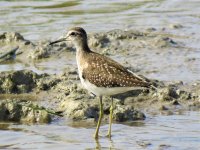Mike Montier
Well-known member
I’ve just had 4 Bee-eaters flying south over the apartment.
What fabulous birds they are.
It’s the best time of the year to see groups moving through the Island and leaving from the south.
There are sometimes large groups (how many was it derban?) all swirling round and gaining height, before flying west or out to sea.
They are often heard but not seen though.
For such vocal and colourful birds, they can be so hard to spot in the sky.
My wife wants a day out tomorrow and I have suggested going to the Cap first. She agreed.
That’s great news and I’m full of anticipation already.
Let’s hope to some raptor migration.
Mike
What fabulous birds they are.
It’s the best time of the year to see groups moving through the Island and leaving from the south.
There are sometimes large groups (how many was it derban?) all swirling round and gaining height, before flying west or out to sea.
They are often heard but not seen though.
For such vocal and colourful birds, they can be so hard to spot in the sky.
My wife wants a day out tomorrow and I have suggested going to the Cap first. She agreed.
That’s great news and I’m full of anticipation already.
Let’s hope to some raptor migration.
Mike






